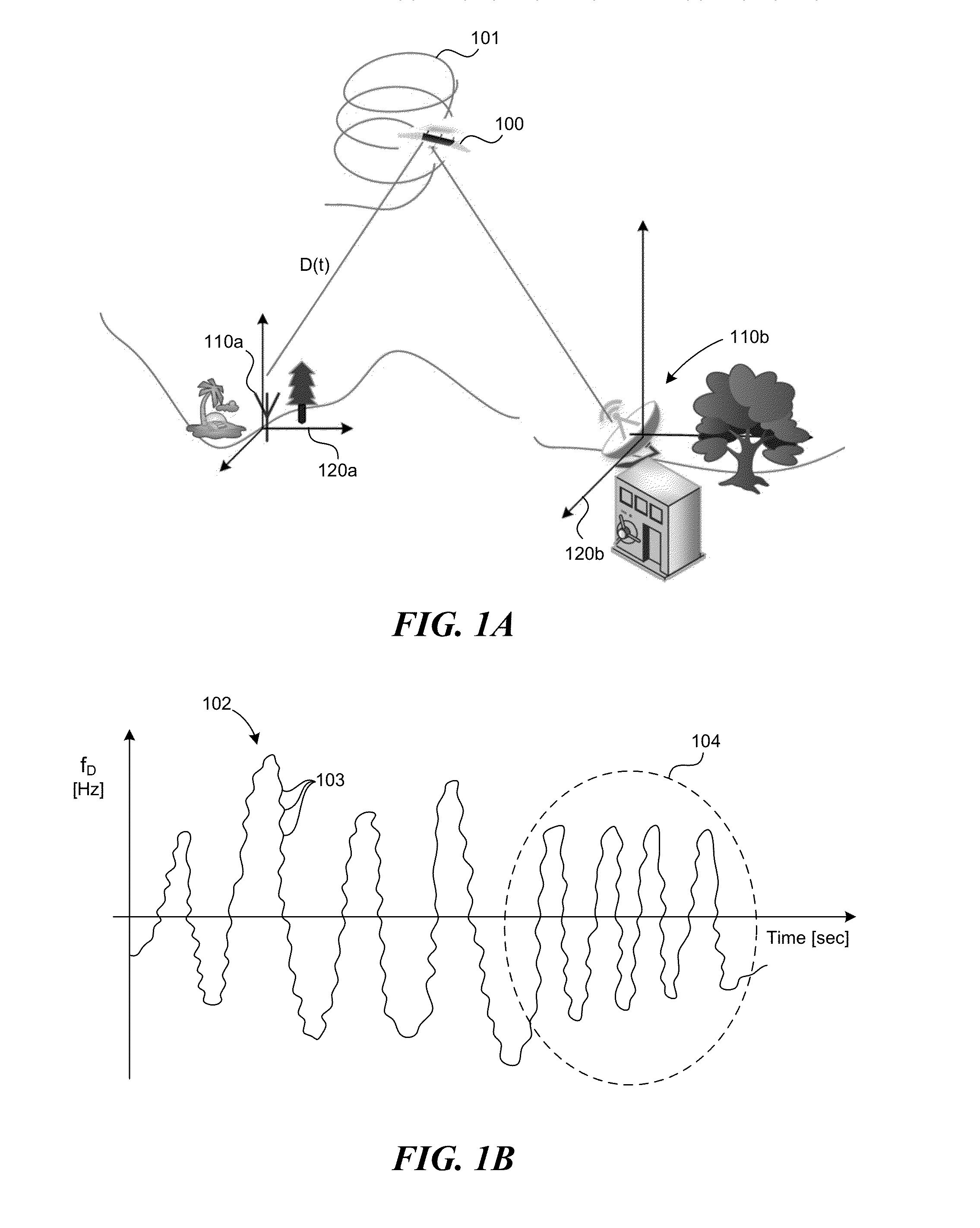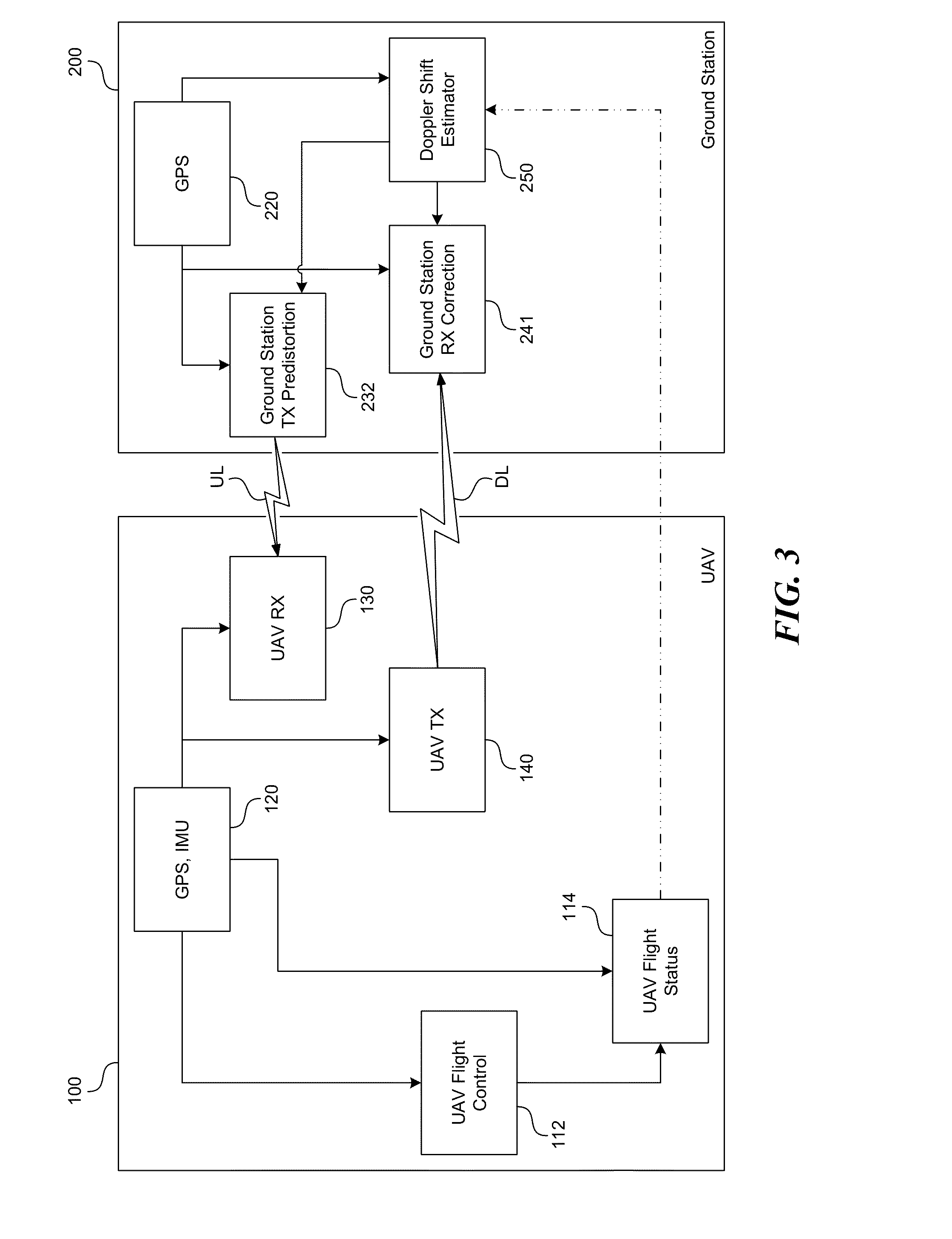DNA markers for beef tenderness in cattle
a technology of dna markers and beef tenderness, applied in the field of mammals genetics, can solve the problems of difficult breeding cattle with improved tenderness and palatable ratings, and achieve the effects of increasing meat tenderness, increasing meat tenderness, and increasing meat tenderness
- Summary
- Abstract
- Description
- Claims
- Application Information
AI Technical Summary
Benefits of technology
Problems solved by technology
Method used
Image
Examples
example 1
Herd Structure
[0096]All samples used in this project came from a herd established in McGregor, Tex. in 2003 as part of the McGregor Genomics project. The McGregor Genomics project was established to identify genetic factors that contribute to beef cattle productivity. This project enables QTL analyses for economically important traits in cattle including feed efficiency, carcass and meat traits, and behavior and female reproductive traits (Gill, 2004). The herd consists of 13 full-sibling F2 embryos transfer families derived over a 5 year time period from 13 Nellore-Angus F1 females and 4 Nellore-Angus F1 males (Sanders, 2008). Progeny were created by a mixture of natural service and embryo transfer. Only steers in the F2 population produced by embryo-transfer were used in this study.
[0097]Steers were fed as yearlings and harvested at approximately 18 mo of age at the Texas A&M University Rosenthal Meat Science and Technology Center in College Station, Tex. All carcasses were split ...
example 2
[0098]The samples used in this study were obtained from F2 Nellore-Angus steers produced by embryo transfer. Females were kept for breeding and thus were excluded from any meat quality studies. This would have been done regardless as gender is already an established variable that affects tenderness (Baird, 2007). All animals used in this study were produced by embryo transfer (ET). Shortly postmortem (within 60 min after captive bolt stunning), muscle samples from the Sternomandibularis muscle were collected and flash frozen in liquid nitrogen to preserve RNA integrity. Samples were transferred to a −80° C. freezer for long term storage. All muscle samples used in this experiment were collected prior to electrical stimulation (ES). It is unknown what effect ES has on mRNA and protein expression in the short term postmortem. This means that every animal had two recorded shear force values, one for the half that was not subjected to electrical stimulation (NES) and the...
example 3
[0101]Approximately 1 g muscle was collected shortly postmortem prior to ES (less than 1 h post-exsanguination) from the Sternomandibularis. The sample was flash frozen in liquid nitrogen to prevent mRNA degradation. Samples were stored at −80° C.
PUM
| Property | Measurement | Unit |
|---|---|---|
| temperatures | aaaaa | aaaaa |
| temperatures | aaaaa | aaaaa |
| temperatures | aaaaa | aaaaa |
Abstract
Description
Claims
Application Information
 Login to View More
Login to View More - R&D
- Intellectual Property
- Life Sciences
- Materials
- Tech Scout
- Unparalleled Data Quality
- Higher Quality Content
- 60% Fewer Hallucinations
Browse by: Latest US Patents, China's latest patents, Technical Efficacy Thesaurus, Application Domain, Technology Topic, Popular Technical Reports.
© 2025 PatSnap. All rights reserved.Legal|Privacy policy|Modern Slavery Act Transparency Statement|Sitemap|About US| Contact US: help@patsnap.com



